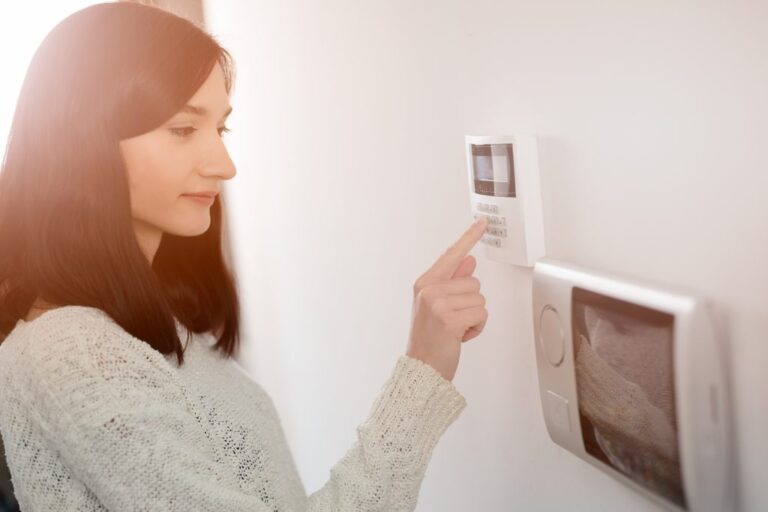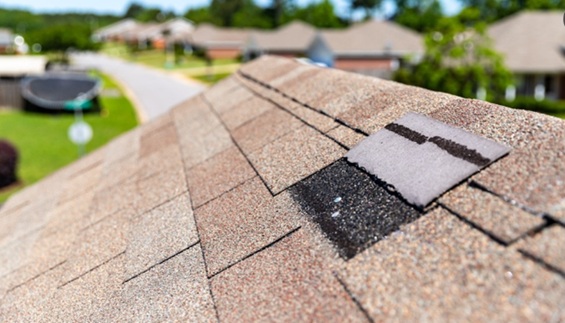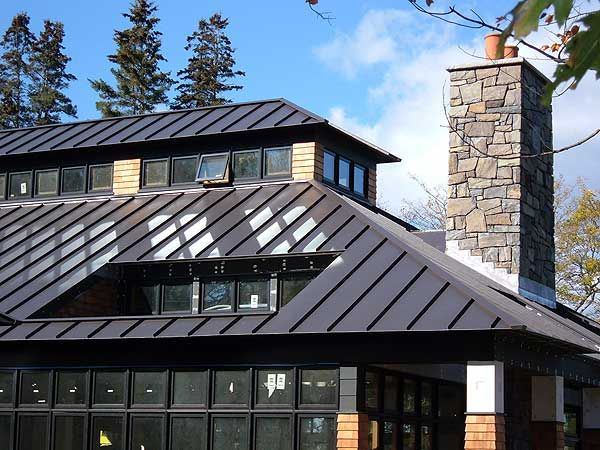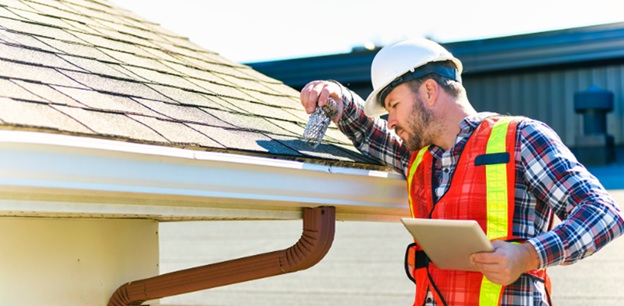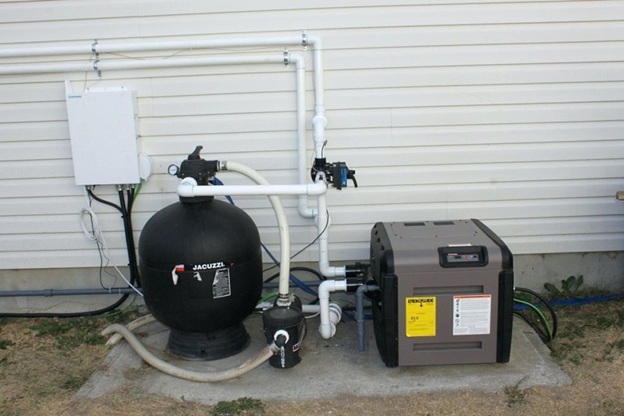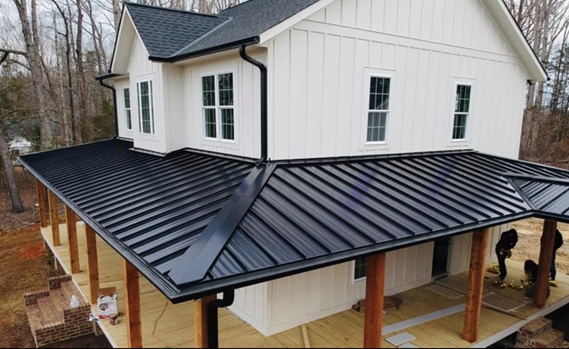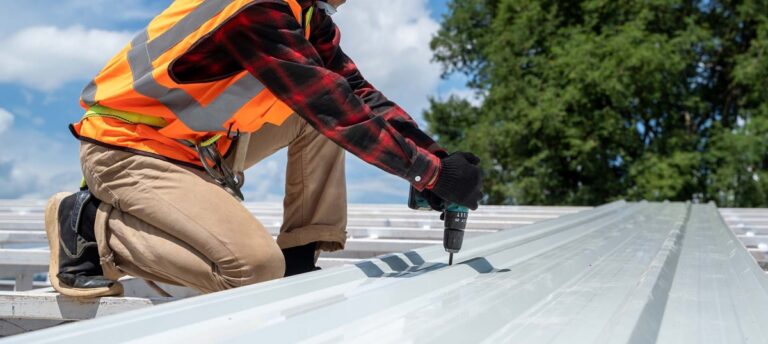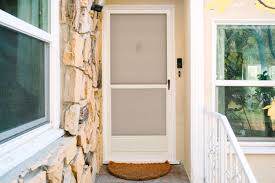When it comes to choosing the right roofing material for your home or building, cost is often one of the most important factors. While aesthetics, durability, and energy efficiency play a significant role in the decision-making process, understanding how metal roofing compares to more traditional options like shingles and tile in terms of cost can help you make a more informed choice. In this article, we’ll break down the costs of metal roofing, shingles, and tile, so you can weigh the pros and cons before making a final decision.
1. Initial Installation Costs
Metal Roofing: The cost of installing a metal roof can vary depending on the type of metal you choose (e.g., steel, aluminum, copper) and the complexity of the installation. On average, metal roofing can cost between $5.50 and $12 per square foot for installation, including materials and labor. The total cost for a standard 2,000-square-foot roof can range from $11,000 to $24,000, depending on the material and the contractor’s rates. While this is higher than both shingles and tile, the long-term benefits of metal roofing, such as durability and low maintenance, may offset the initial cost.
Asphalt Shingles: Asphalt shingles are one of the most affordable roofing options. The cost of installing asphalt shingles typically ranges from $2 to $5 per square foot. For a 2,000-square-foot roof, this means an installation cost of approximately $4,000 to $10,000. Asphalt shingles are widely used due to their low upfront cost, making them an attractive option for homeowners on a budget. However, they have a shorter lifespan compared to metal roofing, which may result in higher maintenance and replacement costs over time.
Clay and Concrete Tile: Tile roofing, whether clay or concrete, falls in the mid-to-high range when it comes to cost. The installation cost of tile roofs typically ranges from $7 to $15 per square foot, with the total cost for a 2,000-square-foot roof falling between $14,000 and $30,000. Tile roofing is highly durable, but its heavy weight can require additional structural support, which could increase the overall installation cost. Like metal roofing, tile roofs have a longer lifespan compared to asphalt shingles, but the initial cost is significantly higher.
2. Longevity and Maintenance Costs
Metal Roofing: One of the major benefits of metal roofing is its longevity. While the initial installation cost may be higher, metal roofs can last 40 to 70 years with minimal maintenance, depending on the material used. They are resistant to weather damage, such as rot, rust, and mildew, and generally require little maintenance after installation. Additionally, metal roofing has a great return on investment due to its energy-efficient properties, which can reduce your cooling costs in the summer.
Asphalt Shingles: Asphalt shingles have a shorter lifespan than metal or tile roofs. On average, they last around 20 to 30 years, although some higher-end shingles can last up to 40 years. However, asphalt shingles are more prone to damage from severe weather, such as high winds, hail, and heavy rain, which can lead to higher maintenance and repair costs over time. You may need to replace shingles or repair leaks several times during the lifespan of the roof.
Clay and Concrete Tile: Tile roofs are incredibly durable and can last 50 to 100 years with proper maintenance. They are highly resistant to wind, fire, and extreme weather conditions, making them a long-term investment. Tile roofs require minimal maintenance and can be more cost-effective in the long run due to their durability. However, their weight may require additional reinforcement to the structure, potentially increasing initial costs. Like metal, tile roofs offer energy-efficient benefits, keeping homes cool in hot weather.
3. Energy Efficiency and Cost Savings
Metal Roofing: Metal roofs are known for their energy-efficient properties. They reflect the sun’s rays, reducing the amount of heat absorbed by the roof and keeping your home cooler in the summer. This can result in lower cooling costs and potentially reduce your energy bill by 10% to 25%. Additionally, many metal roofs are made from recycled materials, making them an environmentally friendly option. Over time, the energy savings can offset the higher initial installation cost of a metal roof.
Asphalt Shingles: Asphalt shingles are not as energy-efficient as metal roofing. They absorb more heat, which can lead to higher cooling costs during the summer months. However, there are certain “cool roofing” asphalt shingles available with reflective coatings that can help reduce heat absorption. While they may provide some energy savings, the savings will not be as significant as with metal roofing.
Clay and Concrete Tile: Tile roofs, especially clay and concrete, are also highly energy-efficient. Their thick, dense material helps to naturally insulate the home and keep it cooler in the summer. Tile roofing can reflect sunlight and reduce the amount of heat transferred into the home, lowering cooling costs. As with metal roofing, tile roofs can help to reduce your energy bills and provide long-term savings.
Conclusion
When comparing the costs of metal roofing, shingles, and tile roofing, it’s important to consider your budget, long-term goals, and the specific needs of your property.
- Metal roofing may have a higher initial cost, but it offers unmatched durability, energy efficiency, and a long lifespan, making it a great investment for homeowners looking for a long-term solution.
- Asphalt shingles are the most affordable upfront, but they have a shorter lifespan and may require more frequent repairs or replacements, increasing costs over time.
- Tile roofing falls in the middle in terms of cost, providing long-term durability and energy efficiency but at a higher installation price.
For homeowners looking for a roofing option that balances cost, durability, and energy savings, metal roofing is an excellent choice. To get started with your new roof, contact us today for a consultation and estimate. Let us help you find the best roofing solution for your home’s needs and budget.
This post was written by a professional at NextDoor Exterior Solutions. Looking for reliable roofing contractors in Clearwater, FL and its surrounding areas? Look no further than NextDoor Exterior Solutions! Our experienced team of roofers is dedicated to providing top-notch roofing services near you. Whether you need roof repair, replacement, or installation, we’ve got you covered. Plus, as a solar energy company near you, we can even help you save money on your energy bills with our expert solar panel installation services. The mission and values of our company allow us to always demonstrate the full potential of our professionalism. You can rely on us for quality. Don’t settle for subpar roofing services – choose NextDoor Exterior Solutions and experience the difference. Contact us today!


